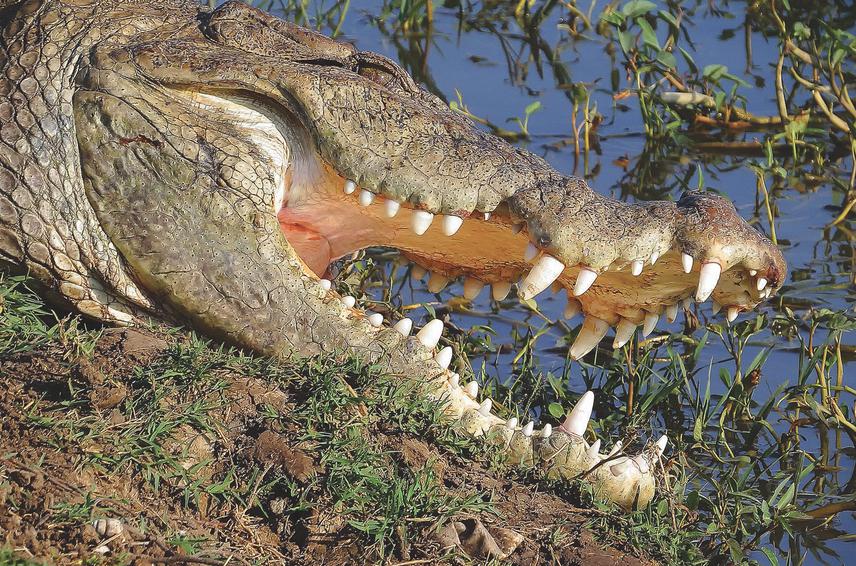Dhaval Patel
Other projects
The project will primarily identify the status and distribution of muggers and the socio-economic drivers of mugger distribution in Charotar and help to mitigate ascending human mugger conflict through promoting education. The project will also motivate the public as well train wildlife professional including forest staff to invest in mugger conservation and save their shrinking habitats.

The mugger (Crocodylus palustris) has the widest distributional range compared to any of the Asian freshwater crocodilian species. This species is legally protected under Schedule I in the Indian Wildlife (Protection) Act 1973. Mugger crocodile Crocodylus palustris were found commonly all over Gujarat, with fairly good populations in most major rivers and large reservoirs. Since most of the earlier surveys were mostly restricted to certain regions only, especially protected area and few were done on a regular basis, the real status of mugger in the Gujarat is not exactly known.
Surveys by Vidyanagar Nature Club’s team have provided an evidence for a possibility of an excellent mugger population in the wetlands of the Charotar region in Gujarat, which has been never reported earlier. Certain wetlands in Charotar are expected to harbour very high population of muggers (30-40), which could possibly be substantially higher than many of the protected areas/mugger habitats over the country. Muggers have been this region for a long, but with no proper historical records and lack of systematic surveys, it is difficult to ascertain the earlier as well as the current status and distribution of muggers in this region. Human-mugger relations in this region were harmonious till now and instances of crocodiles attack on humans and livestock were very rare in the area. But since last few years attacks on humans have increased and deaths of mugger have also been increasingly reported from certain parts of this region. Considering that these wetlands provide suitable habitat for muggers and lack of understanding of species’ ecology, conservation issues and associated threat in this region, there is an urgent need for a systematic assessment.
The ultimate aim of this project is to ensure the survival of muggers in the wetlands of this region, while encouraging harmonious relations with the humans. This can be done if we gain a better understanding for the species needs and ecology, and if we are able to generate accurate information about their importance for natural ecosystems. This project will considerably help to understand the status and distribution of muggers identify the drivers of mugger distribution and mitigate ascending mugger-human conflict. The project equally contributes to educate and motivate the public as well train wildlife professional including forest staff to invest in mugger conservation and save their shrinking habitats.